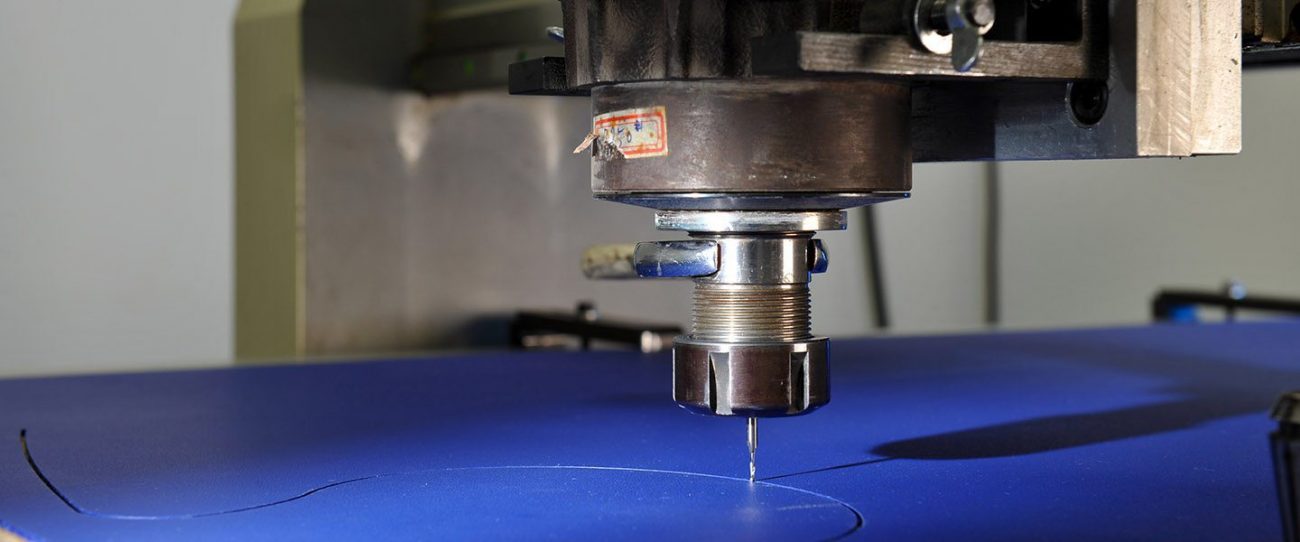Handrails for hospitals play a crucial role in ensuring the safety and security of patients, staff, and visitors. Designed to provide support in key areas such as corridors, stairs, walkways, and ramps, these essential fixtures help individuals, especially those with mobility challenges, navigate hospital environments with confidence.
Modern hospital handrails are built to comply with ADA standards, ensuring they meet accessibility requirements while also enhancing the overall functionality of the building. Whether made from wood, metal, PVC, or glass, these handrails contribute to a friendly environment that prioritises health and injury prevention.
Click here, call 0113 279 5854, or email info@yeomanshield.com to learn more about our handrails.

Hospitals accommodate a diverse range of individuals, including those recovering from illness, elderly patients, and people with mobility impairments. Hospital corridor handrails and stairway handrails are essential in these settings, offering grip and support that can prevent accidents. Properly installed, these handrails significantly reduce the risk of falls and provide easy access throughout the building.
Additionally, a hospital handrail serves an important structural function by protecting walls from damage caused by wheelchairs, stretchers, and other equipment. This added impact protection ensures that hospital interiors remain in good condition, minimizing maintenance needs.
When selecting hospital handrails, several factors must be considered to ensure they are suitable for the environment. Some key features include:
To maximise their effectiveness, handrails for hospitals should be strategically placed in areas where patients and staff need the most support. Some key locations include:
Hospitals are fast-paced environments where safety and efficiency are top priorities. Properly installed handrails offer numerous benefits, including:
Investing in handrails for hospitals is a crucial step in protecting patients and maintaining a high standard of safety within healthcare environments. By choosing durable, ADA-compliant, and visually effective hospital handrails, medical facilities can create an accessible, secure, and friendly environment for all.
Click here or call 0113 279 5854 to get with our specialists at Yeoman Shield. We are ready to provide support, serve, and advise you on your handrails for hospitals, ensuring the greatest safety and security for all patients and staff.





